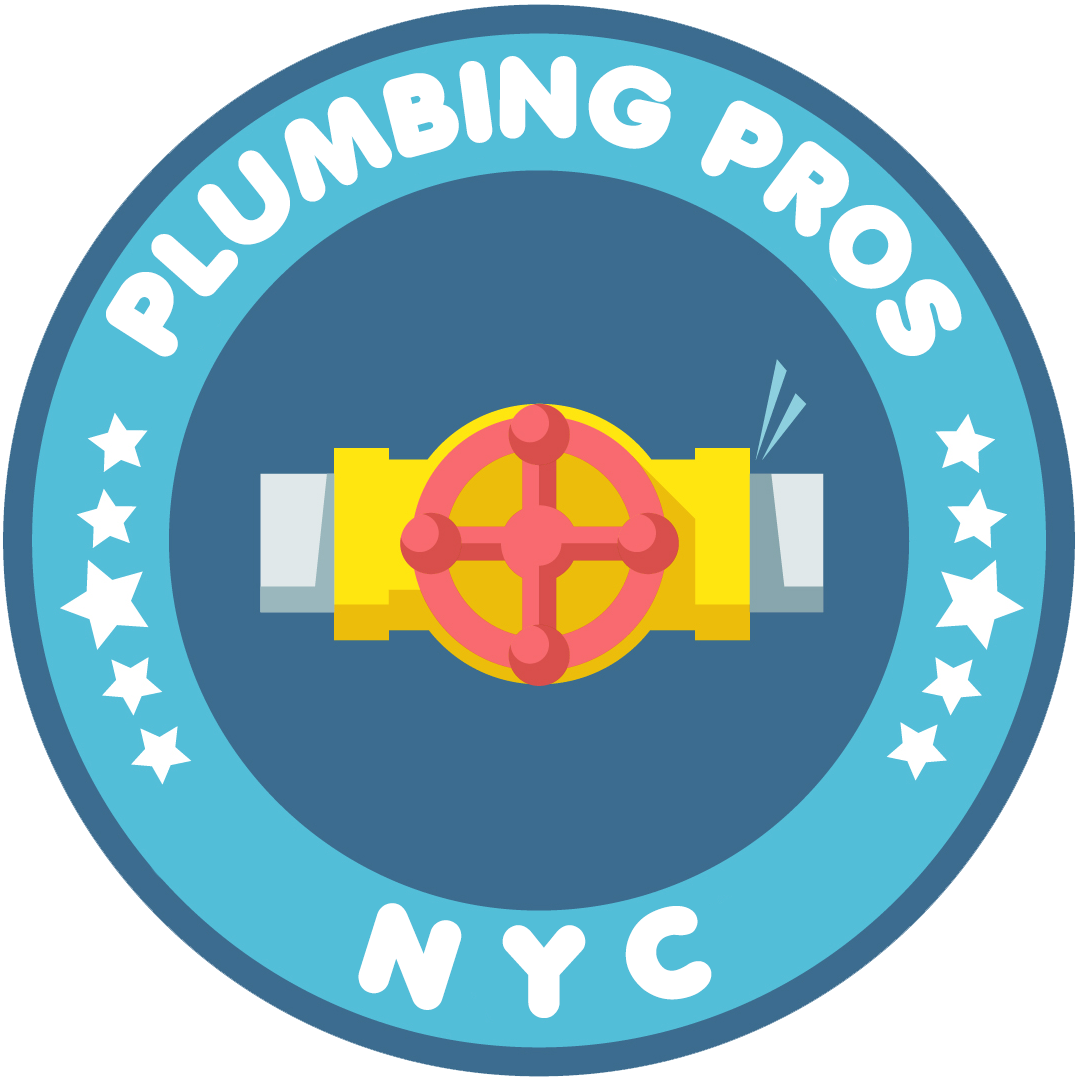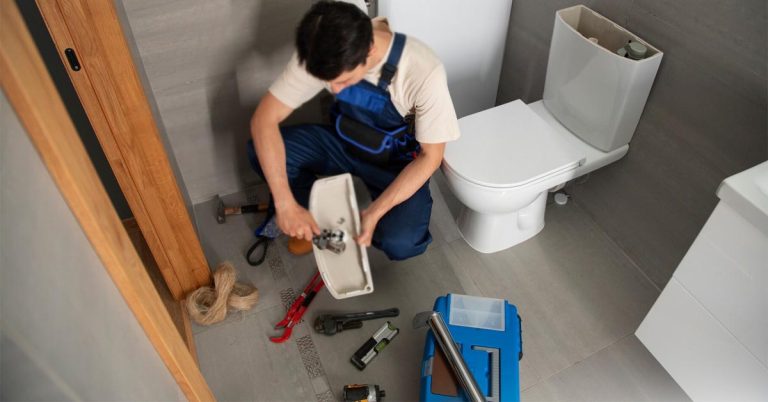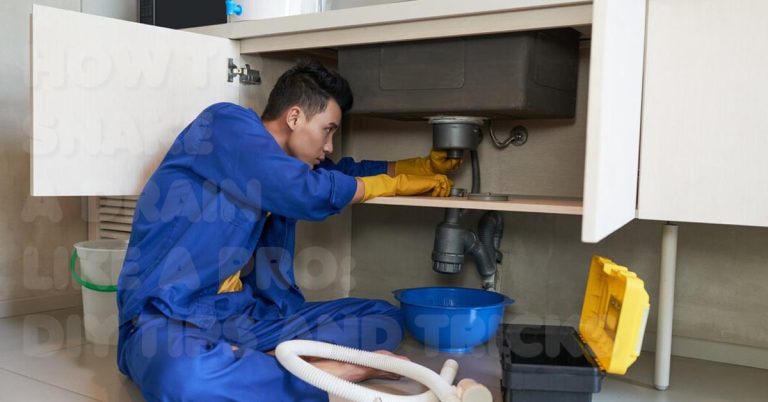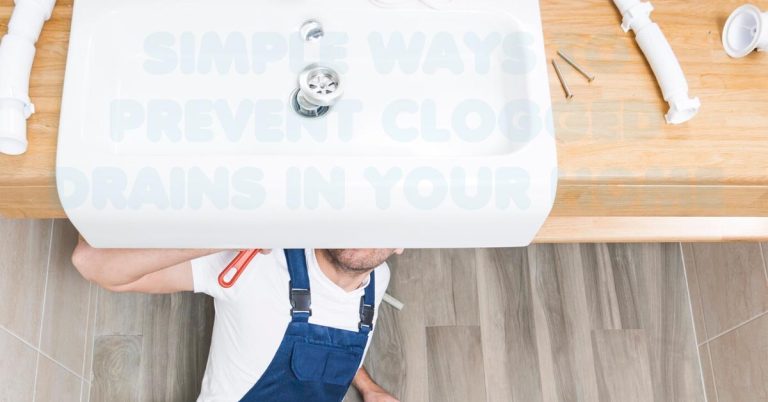Quick Fixes for Leaky Faucets: A Step-by-Step Guide
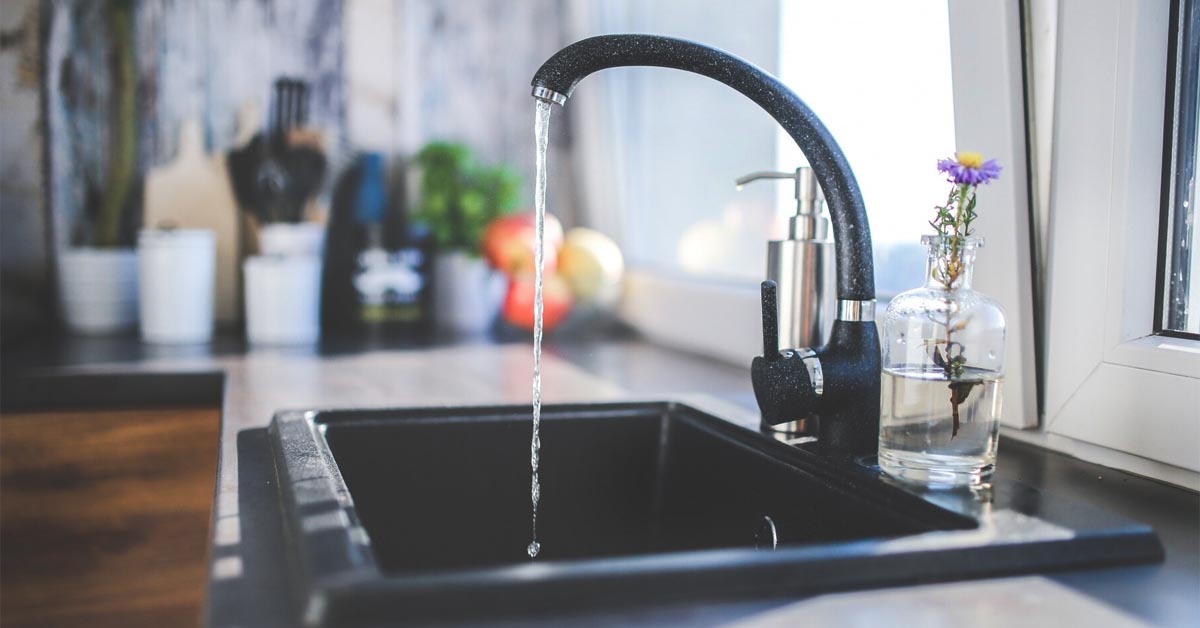
Is the constant dripping sound from your faucet driving you crazy? A leaky faucet is annoying, wastes water, and increases utility bills. The good news is that most leaky faucets can be fixed quickly and easily without calling a plumber.
In this step-by-step guide, we’ll show you how to identify the cause of the leak and fix it using essential tools and inexpensive replacement parts. By the end of this guide, you’ll know how to stop that drip and save water and money.
However, if the problem persists or becomes too complicated, NYC 24/7 Plumbing Pros is here to help. Call us at (332) 233-7070 for fast and reliable faucet repair services.
Table of Contents
Why Do Faucets Leak?
Before you start making repairs, it’s important to understand why faucets leak. Identifying the cause helps you choose the right fix.
Worn-Out Washers
Washers are rubber or plastic rings that create a watertight seal. Over time, they wear out or harden, causing water to leak around the faucet spout. This is a common cause of dripping in compression faucets.
Damaged O-Rings
O-rings are tiny rubber rings that hold the faucet handle in place. If the O-ring becomes worn or loose, it can cause water to leak around the base of the handle. This issue is commonly found in cartridge faucets.
Corroded Valve Seats
The valve seat connects the faucet to the spout. Corrosion or sediment buildup on the valve seat can prevent a proper seal, causing leaks around the spout area.
Loose or Worn-Out Parts
Over time, faucet components can become loose or wear out due to regular use. A loose handle or worn-out gasket may result in leaks around the faucet base.
Types of Faucets and How They Leak
To effectively fix a leaky faucet, you need to know the type of faucet you have. Here are the four most common types:
Compression Faucets
- How They Work: These faucets use two handles (hot and cold) that tighten down on rubber washers to stop water flow.
- How They Leak: Leaks occur when washers become worn or corroded.
Ball Faucets
- How They Work: These single-handle faucets control water flow and temperature using a ball mechanism.
- How They Leak: Leaks are usually due to worn-out O-rings, seals, or springs.
Cartridge Faucets
- How They Work: Cartridge faucets use a movable cartridge to control water flow and temperature. They can be single or double-handled.
- How They Leak: Leaks occur when the cartridge is damaged, or O-rings wear out.
Ceramic Disc Faucets
- How They Work: These use two ceramic discs that slide against each other to control water flow.
- How They Leak: Leaks happen when the ceramic discs wear out or become clogged with debris.
Safety Precautions Before You Begin
Before you start fixing a leaky faucet, take the following safety precautions:
- Turn Off the Water Supply: Locate the shut-off valves under the sink and turn them off to prevent water flow. Turn off the main water supply if you can’t find the valves.
- Drain the Faucet: Open the faucet to release any water still in the pipes.
- Cover the Drain: Use a plug or rag to prevent small parts from falling into the drain.
- Gather the Right Tools: You’ll need an adjustable wrench, screwdriver, plumber’s grease, replacement washers or O-rings, and a faucet repair kit (if necessary).
Step-by-Step Guide to Fixing a Leaky Faucet
1. Fixing a Leaky Compression Faucet
- Turn Off the Water Supply: Shut off the water supply under the sink.
- Remove the Faucet Handles: Use a screwdriver to remove the handles. If they are stuck, use a penetrating oil to loosen them.
- Remove the Stem Assembly: Use a wrench to unscrew the stem from the valve body.
- Replace the Washer: Inspect the washer at the base of the stem. If it’s worn or damaged, replace it with an identical one.
- Reassemble and Test: Reassemble the faucet, turn on the water supply, and test for leaks.
Why It Works: Replacing worn-out washers restores the watertight seal, stopping the drip.
2. Fixing a Leaky Ball Faucet
- Turn Off the Water Supply: Shut off the water supply under the sink.
- Disassemble the Faucet: Use an Allen wrench to remove the handle.
- Inspect and Replace Parts: Inspect the cam, springs, and seals. Replace any worn or damaged parts.
- Reassemble and Test: Reassemble the faucet, turn on the water supply, and check for leaks.
Why It Works: Replacing worn seals and springs prevents water from leaking around the handle.
3. Fixing a Leaky Cartridge Faucet
- Turn Off the Water Supply: Shut off the water supply under the sink.
- Remove the Handle and Cartridge: Use a screwdriver to remove the handle. Pull out the cartridge using needle-nose pliers.
- Replace the Cartridge: Purchase an identical replacement cartridge and insert it.
- Reassemble and Test: Reassemble the faucet, turn on the water supply, and test for leaks.
Why It Works: A new cartridge restores water flow control and stops leaks.
4. Fixing a Leaky Ceramic Disc Faucet
- Turn Off the Water Supply: Shut off the water supply under the sink.
- Disassemble the Faucet: Remove the handle and ceramic disc cylinder.
- Clean and Inspect: Clean the cylinder with vinegar to remove debris. If damaged, replace it.
- Reassemble and Test: Reassemble the faucet, turn on the water supply, and check for leaks.
Why It Works: Cleaning or replacing the ceramic discs restores the seal and prevents leaks.
Preventive Tips to Avoid Leaky Faucets
- Avoid Over-Tightening: Turning handles too tightly wears out washers and O-rings.
- Regular Cleaning: Clean faucets regularly to prevent mineral buildup.
- Annual Inspections: Inspect washers, O-rings, and cartridges annually and replace them as needed.
- Use Soft Water: If you have hard water, consider using a softener to prevent mineral buildup.
When to Call a Professional Plumber
- If the Faucet Continues to Leak, Persistent leaks may indicate a deeper issue within the plumbing system.
- If the Valve Seat is Corroded: A corroded valve seat requires professional resurfacing or replacement.
- If You’re Uncomfortable with Repairs: If you’re unsure about disassembling your faucet, it’s best to call a professional.
NYC 24/7 Plumbing Pros is available 24/7 for faucet repairs. Call us at (332) 233-7070 for fast and reliable service.
Fixing a leaky faucet doesn’t always require calling a plumber. With the right tools and patience, you can save water, money, and the environment by repairing minor leaks. However, if the leak persists or becomes more complicated, don’t hesitate to contact NYC’s 24/7 Plumbing Pros.
Call us today at (332) 233-7070 or visit nycplumbingpros.com to schedule a service.
